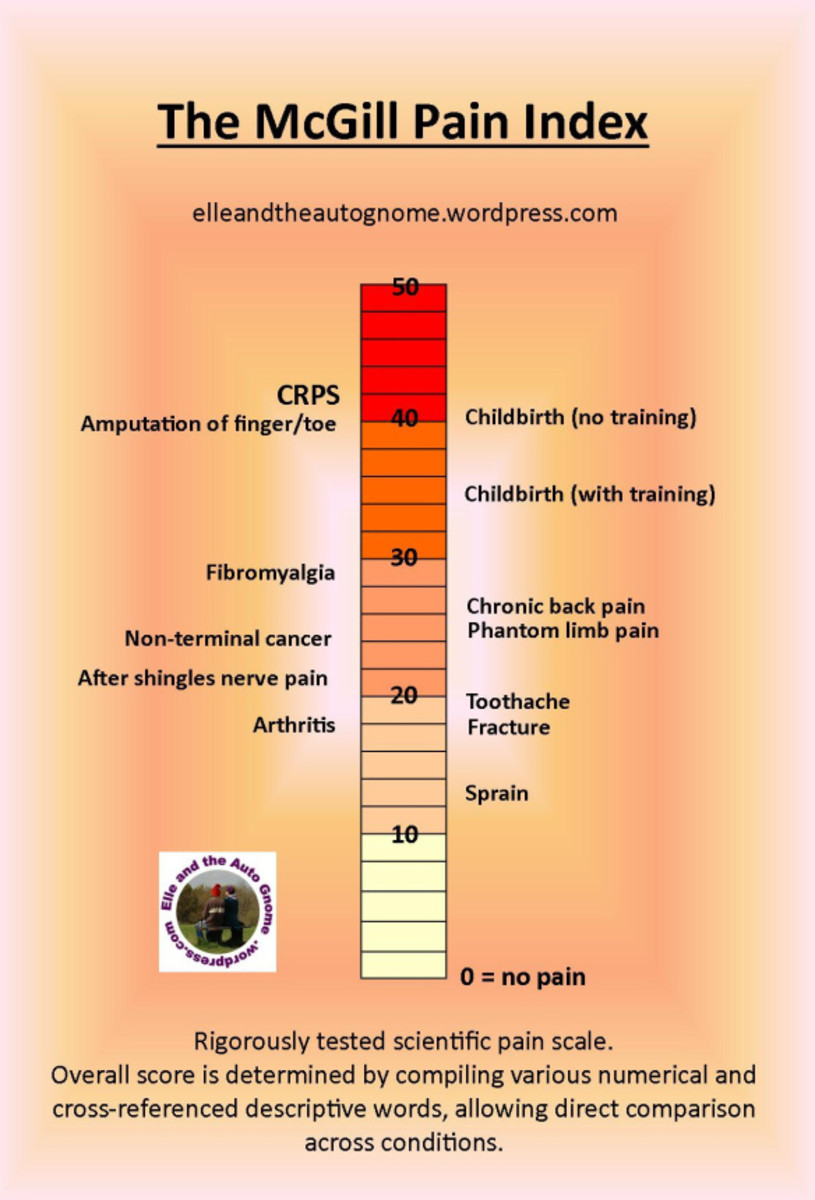The Cotard Delusion

Mademoiselle X
The middle-aged woman shifts uneasily, speaks in dulcet tones, and casts a weary eye on him whenever he poses a question. It appears to be an extreme form of anxiety, perhaps compounded by depression, but he remains unconvinced that all is as it seems. Until this point, his queries had been formal, not overly intrusive, and fairly superficial. He had hoped to establish some form of rapport with her, but it had become increasingly evident that this may not be feasible. Dr. Cotard adjusts his glasses, as habit dictates, and looks directly at the woman.
“Ma’am…exactly why have you come to me?” he asks mildly.
The look that she returns is shadowed by despair, and with exasperation, she finally holds his gaze firmly and answers. “Why is it so difficult for you to comprehend? I am nothing more than a decomposing body!”
Four days later, the woman, identified as Mademoiselle X, dies of starvation, leaving Dr. Jules Cotard with a collection of disturbing symptoms that indicated an incredibly rare illness, which would soon thereafter become medically recognized as “The Cotard Delusion”, “the delirium of total negation”, or “Walking Corpse Syndrome”.
Cotard's Syndrome Defined
Categorized as a neuropsychiatric disorder, this nihilistic delusion is diagnosed in individuals who believe themselves to be deceased, void of all internal organs and blood, or immortal. Other cases have been noted in which persons perceive their bodies to be rotting, not exist altogether, have been replaced by an empty shell or a machine, or simply be in need of burial.
Some of the most commonly displayed symptoms include depression, suicidal tendencies, delusions, visual perception issues, paranoia, self-negating thoughts, derealization (inability to grasp reality), and depersonalization (a disconnect between a person and his sense of self).
Those diagnosed as having “The Cotard Delusion” have often presented additional, underlying conditions, such as schizophrenia, migraines, dementia, bipolar disorder, and depression with psychotic features, among others.
Currently, only a few treatments, including various combinations of antidepressants and mood stabilizers, exist through which a person’s symptoms may be mediated.
Additional case studies can be viewed through the links provided below.
Copyright Lilith Eden 2013. All Rights Reserved.
Modern Understanding of Cotard's Syndrome
For Further Case Studies Featuring Cotard’s Syndrome:
- PsychiatryOnline | The Journal of Neuropsychiatry and Clinical Neurosciences | Cotard's Syndrome in
- Delusional Paralysis: An Unusual Variant of Cotard's Syndrome
- The Neurocritic: Cotard's Syndrome: Not Pretending That We're Dead
- Plight of the Living Dead: 10 Case Reports of Cotard’s Syndrome | Mental Floss
First reported in the 1700s, the disorder that's also called "Walking Corpse Syndrome" is still a mystery.









